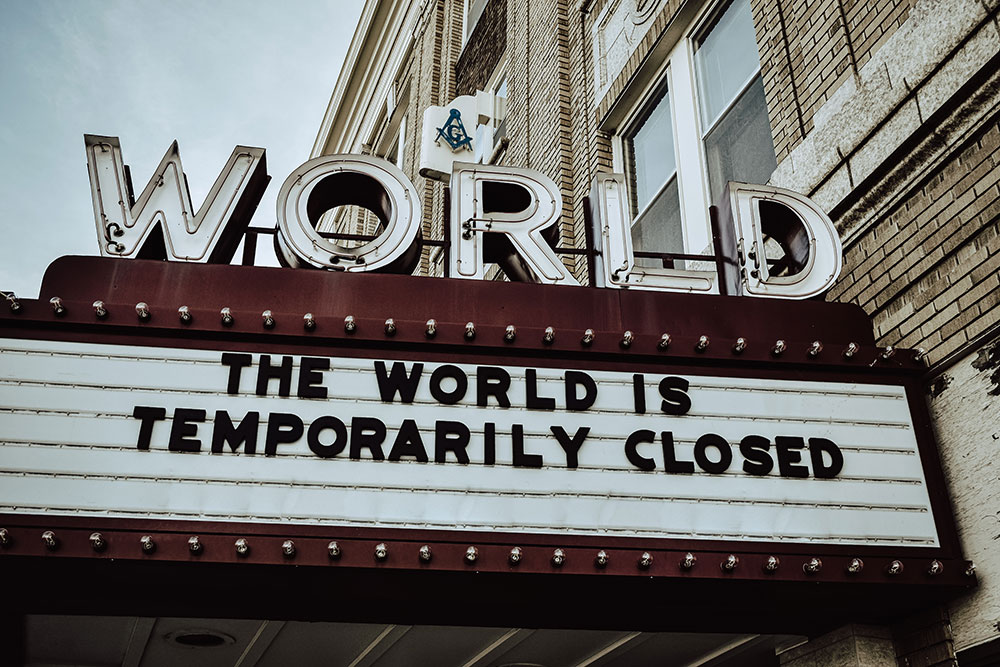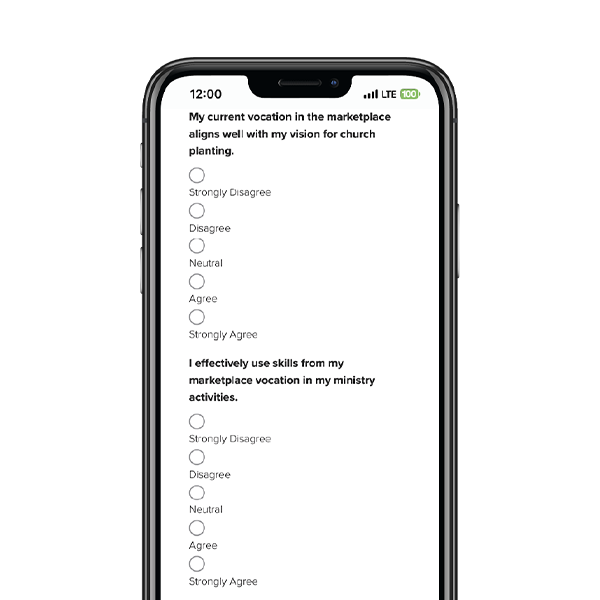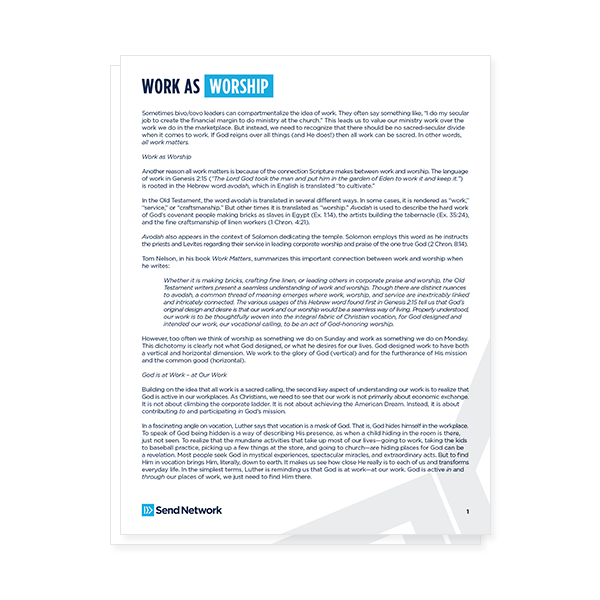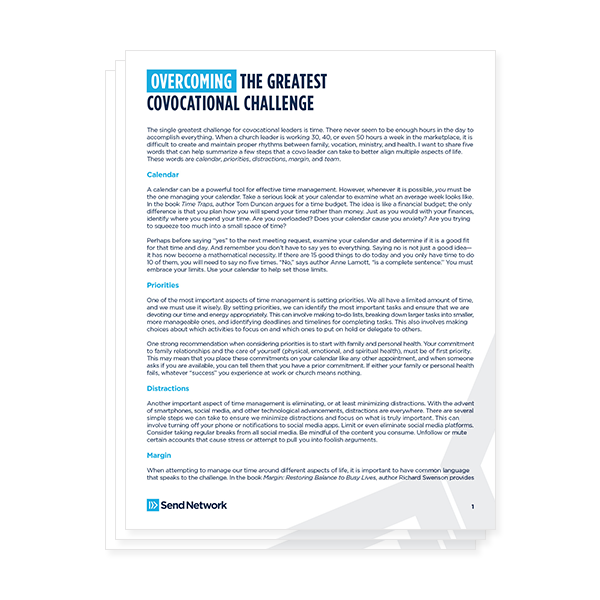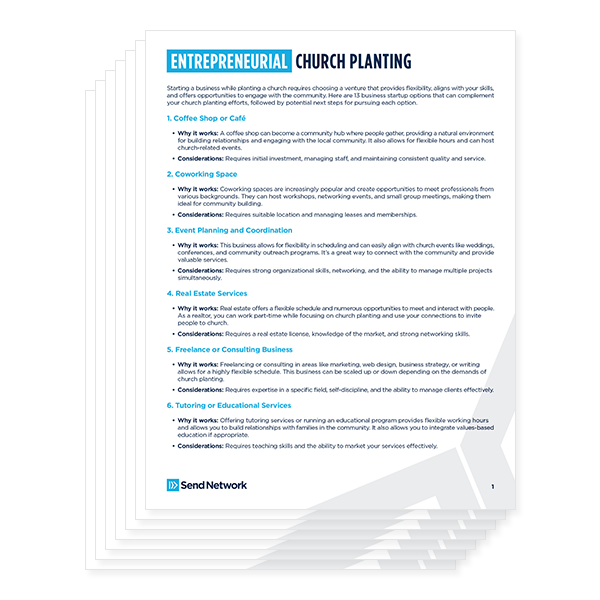The scene looks post-apocalyptic.
The streets that were once bloated with people are now bare. Empty swings sway on the playground that was once occupied by children. The bodegas, with the open sign that’s usually aglow, sit quietly dark with their multi-color menus in the windows.
The ringing of ambulance sirens has become common as each one represents another person sick with a virus. One more potential death in the climbing number of causalities from the invisible new coronavirus that causes COVID-19.
This is Brooklyn.
BLESSING AND BURDEN
Now, the Big Apple has a new moniker — the epicenter. James Roberson, pastor of The Bridge Church in Brooklyn, New York, is leading God’s people in the headquarters of the coronavirus pandemic.
“New York is an outdoor city. Most people operate via public transportation. On a normal day, everyone’s at the bodega or getting their laundry done. What most people do with private convenience in the South is done in public exposure in New York,” explained Roberson. “Now, it’s a ghost town outside, and they’ve even shut down parks. Where there was once public density, there’s now private isolation.”
While everyone is experiencing the inconveniences of coronavirus, certain locations are experiencing a particular suffering the virus has brought.
“Everybody around the country feels the strain of COVID-19, but nobody feels the pain of it like New York City. There’s a uniqueness in how this is impacting New Yorkers,” said Steve Canter, elder at The Bridge Church and regional director for Send Network northeast.
This densely populated city is feeling the effects of coronavirus and the social distancing she has brought with her. Coronavirus arrived unexpectedly and for Roberson’s family and church it has brought both blessing and burden, joy and sorrow.
“As a church, we’ve looked at this time period as two-fold. There’s the shelter in place, and that’s a blessing; and then there’s COVID-19, and that’s a burden,” explained Roberson.
With the blessing and burden the coronavirus has brought, it’s clear God is still at work.
“In the ‘80s, the evangelical rate was less than 1%. In 2009, a study done by City to City showed the evangelical rate was 3%, and half of the new churches planted in Center City were planted after 9/11,” Canter explained. “In 2014, we partnered with City to City to redo the study and that number jumped to 6%. So, it went from less than 1% in the ‘80s, to 3%, to 6%.”
In a time when it feels like the prayers of God’s people are reverberating off empty walls, He hears His people. Their prayers are being answered.
“The impetus for the growing numbers of Christ-followers in New York was through the prayers of the pastors and leaders in New York City and God honoring those prayers. This tells me, God is still at work in our city. This is our 9/11 moment. It is a chance to see the needle move again,” Canter said.
SUFFERING — THE GREAT REVEALER
Suffering brings to light what has been in our hearts all along. It reveals what we are putting our hope in. It shows us our measure of success, or lack thereof, and if we’re meeting the expected standard. The same is true for pastors and church planters.
There are countless barometers of success, but perhaps the greatest perceived measure of a thriving ministry for a pastor is the Sunday worship gathering. How many seats are filled on a Sunday morning? These days, the answer is none — for everyone.
“The population on Sundays has always been the barometer of success. ‘How many people can you get in a room on one day, at one time or successive times?’ Sunday services have been so central to the ethos of the Church that it’s forcing, not a new ecclesiology, but a grander expression of it,” Roberson said.
“Success has been measured one way for thousands of years, and now we’re trying to reconfigure. Now that this target is gone, what does it mean to be a church?” said Roberson.
While younger churches are likely deepening their methods of virtual expression, churches with older congregants are being forced to think of a different expression of church sooner than they may have.
“I do think if you trended younger, you’re probably more excited about the missional opportunities coronavirus and social distancing present. But if your church trends older, and you haven’t innovated, you’re in a methodological crisis because you’re being forced to think of a different expression of church,” Roberson said.
Whether your church is younger or older, both are having to rethink the way they’ve always done things in this new season.
“We’ve had new people get connected with us that weren’t connected with us before the coronavirus, but when all of this is over, we have no idea if they’ll come to church. We’re having to rethink how we on-board people who wouldn’t be here if we didn’t have these online expressions.”
This season is forcing churches to readjust their measure of success. Is it online views? Is it higher attendance of small groups? Is it more leaders stepping up to lead groups and share their faith?
“When we made a transition to move our City Groups online, we saw a large increase in leadership and attendance of our City Groups. It seems like people are now having a more lifegiving experience of intimacy, and I think this is partly because everyone is in the same crisis,” Roberson said. “And for us, the only thing we can really count is people in our online City Groups. I think that’s a better barometer of success these days. How connected are people getting?”
LAMENT THAT LEADS TO FAITH
Young or old, each day brings a collective sigh of grief and an ever-deepening lament. We don’t know how long this will last. Our prayers as God’s people ring with honesty and integrity, but the response to our pleas feel like they’re met with silence.
“Lament causes us to look for Jesus because grief can cause us to be so overwhelmed that we only see the moment. We only see our pain. Lament allows us to cry out to God with honesty and integrity,” Roberson said. “We can be so celebratory sometimes. We just celebrated Easter, and it’s so easy to jump right from Good Friday to resurrection Sunday. But much of life — especially these days— is lived like Saturday.”
On the Saturday after Jesus’ crucifixion, Christ’s followers likely sat in somber disbelief. One day Jesus rode into Jerusalem with honor and respect, and then there was a downward spiral where events went from bad to worse. The next day He was murdered.
“We just keep hearing that things are getting worse. When we’re in a moment of unique crisis, it’s a Garden of Gethsemane moment,” said Roberson.
But even when it seems like there is no answer, we keep coming back to the throne room of grace, pouring out our hearts to a loving Father. Our constant return to the throne is a subtle display of our faith.
Like many moments in our lives, coronavirus has brought blessing and burden, joy and lament. Perhaps it’s circumstances like this that lead to greater faith.
Published April 21, 2020
